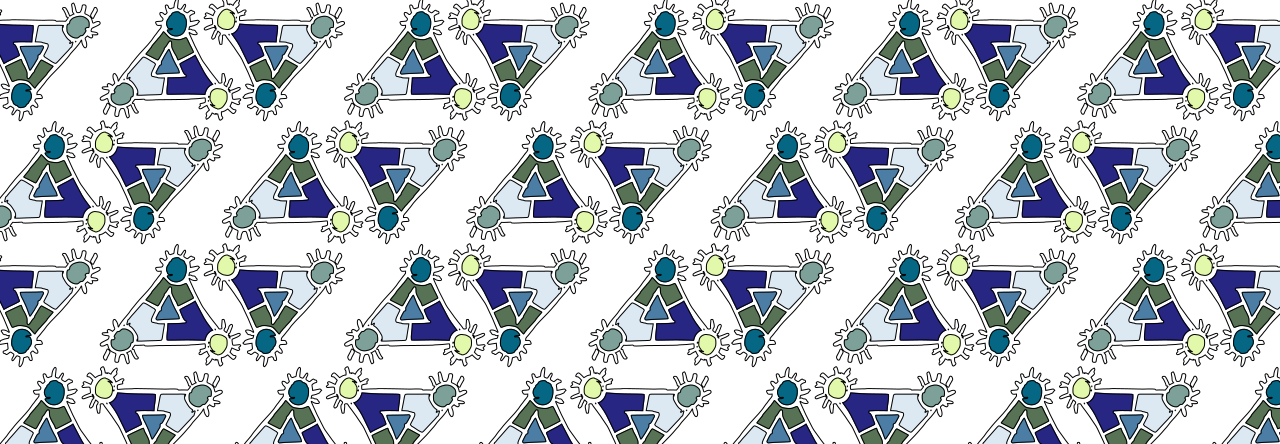The Red Line ― have fun now
Author: K_REY_C (Page 1 of 6)
My latest ten months working on G’MIC http://opensource.graphics/latest-ten-months-working-on-gmic/
Free Music Archive: Steve Combs.
Some really great music here and—bonus—it’s cc-by licensed. Heard the music in this video. (Ah! The internet!)
Years ago I funded a wonderful project. We raised money to pay musicians to play classical music scores so that we could record them and release them immediately into the public domain. That effort was a success.
Now, I’m finally able to share the fruits of the second project to do the same with the complete works of Frédéric Chopin. This is a wonderful collection. Please listen here. Please download. Please share.
I’ll talk about this more later. For now, enjoy.
This is my vote for best post of 2014. What a fascinating look at structure via data analysis. The entire article is such a refreshing surprise. It explores the structural arcs in TV and Movie scripts across screen time (by breaking episodes into 6 or 12 even chunks) and then creates a single, multidimentional, visual graph of each show or movie’s movement through those topics across individual screen time. This sort of confirms Aristotle’s dominance in popular storytelling.
What is this saying? That in the grand corpus of tens of thousands of hours of studio-approved, investor-funded, union-written scripts, two major trends stand out: one set of directional trends, advancing continuously through the course of the film, and one cyclical, through which the language returns back to its origins.
That outcome is to be expected, though it is interesting to see the data produce such conclusive evidence directly from a scriptural level of word clusters. There is a new twist, however, that makes this research particularly interesting:
But although [each individual show] trace[s] out arcs, they do it in their portion of the plot arc space ... The portions of plot-arc space they land in correspond to genre: the crime shows live in an area something like the early middle of a show, while science fiction camps out after the end of the end. … So that clustering is interesting enough: but the omnipresence of the curves suggests that they all follow the same path through space in some way, regardless of where they start
This graph is a wonderfully welcome visual analysis of plot structure that adds to my understanding of how traditional structure functions. I wonder how one would modify this for use in dramatic scripts, particularly across languages and time periods. Where, for instance, would the absurdists lie on the chart using this sort of analysis. It is regarded as a genre but it’s defining features are not typically understood to be topical but structural. Circular plot structure—a hallmark of absurdism—is understood to end where it began, but where does it go? I’ve often heard Beckett’s Godot described as “nothing happens,” but that is not a fair assessment of the script or production, it illuminates how strongly we expect Aristotelian structure. And what of postmodernism? Are there any defining topical features there? Are there strains of postmodernism? Is topical-textual analysis the best way of evaluating those scripts? Are the scripts the element that makes the production postmodern?
Dr. Schmidt’s post made me smile. It provokes so many new questions. This type of research is extremely interesting. Now go and read!
It’s pure in-camera trickery…EUREKA! — suddenly we had our approach.
The often overlooked approach. This was a fun read with lovely images.
I hope artists will pause and realize that misplaced blame and oversimplification of the issues could set us back. Physical album sales are not the long-term solution (case in point: the laptop I’m typing on doesn’t have a CD drive)…
…and he’s not even trying to be funny.
via Spotify Doesn’t Hurt Artists: My Band Would Be Nowhere Without It | WIRED.
Or: What is it that [“original” artist] doesn’t have that s/he would have if [other artist] had never appropriated the[ir work]?
What is it that Heath doesn’t have, that he would have if Lichtenstein had never appropriated the panel?



